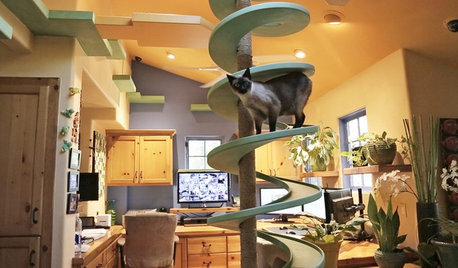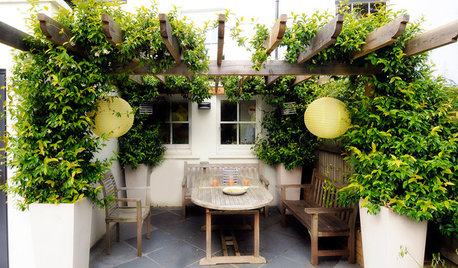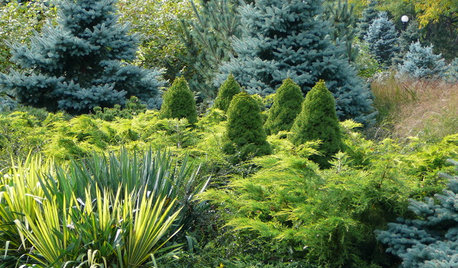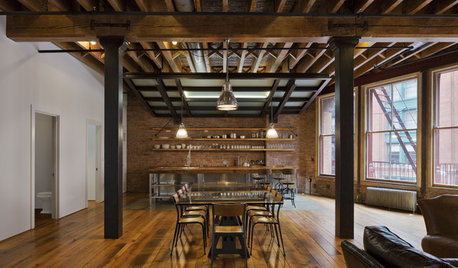Seeking new ideas on layering (see my post on propogation)
bonsaijack
18 years ago
Related Stories

PETSWe Want to See the Most Creative Pet Spaces in the World
Houzz is seeking pet-friendly designs from around the globe. Get out your camera and post your photos now!
Full Story
UPHOLSTERYSeeking a Quiet, Relaxed Spot? Try Upholstering Your Walls
Upholstery can envelop an entire room, a framed panel or a single wall. See some design options and learn what to expect
Full Story
GARDENING AND LANDSCAPINGSeek Shelter in the Shade This Summer
Open up to outdoor living with 8 garden shade strategies
Full Story
PLANTING IDEASDesigning With Conifers: Layers of Texture for Your Garden
Sharp and prickly or fine like ferns, richly textured conifers bring unexpected interest to the landscape
Full Story
GREEN BUILDINGHouzz Tour: See a Concrete House With a $0 Energy Bill
Passive House principles and universal design elements result in a home that’ll work efficiently for the long haul
Full Story
REMODELING GUIDESRegional Modern: Vibrant Layers of Old and New in NYC
Urban life mixes with history in New York's lofts, townhouses and apartments
Full Story
LIGHTINGA Beginner’s Guide to Lighting in Layers
Discover the secrets of combining light sources to create richer-looking and more flexible living spaces
Full Story
HOUZZ TOURSMy Houzz: Peeling Back Layers in a 1908 Home
Hidden fireplaces, buried hardwood and covered beadboard resurface thanks to a Mississippi couple's DIY efforts
Full Story
DECORATING GUIDESDecorating Secrets: How to Layer Patterns Right
Here's How to Get That Perfect Mix of Color, Shape, Texture and Scale
Full Story
DECORATING GUIDESHouzz Tour: Layered Look Adds a Fresh Sense of Style
Midcentury art, pottery and a mix of furnishings bring a hip edge to a traditional Los Angeles home
Full StoryMore Discussions








tim_moose
mark_rockwell
Related Professionals
East Patchogue Landscape Architects & Landscape Designers · Middletown Landscape Contractors · Broomfield Landscape Contractors · Corona Landscape Contractors · Lemay Landscape Contractors · Lewisville Landscape Contractors · Longmont Landscape Contractors · Mastic Beach Landscape Contractors · Middletown Landscape Contractors · Oviedo Landscape Contractors · Pleasant Grove Landscape Contractors · Tustin Landscape Contractors · Vineyard Landscape Contractors · Benton Decks, Patios & Outdoor Enclosures · Racine Decks, Patios & Outdoor EnclosuresCipher_20
tylerrox
lucy